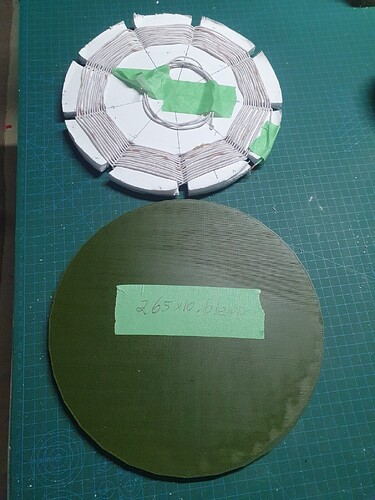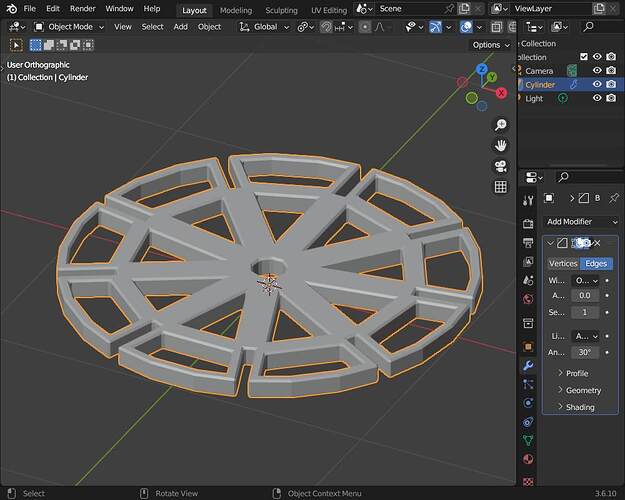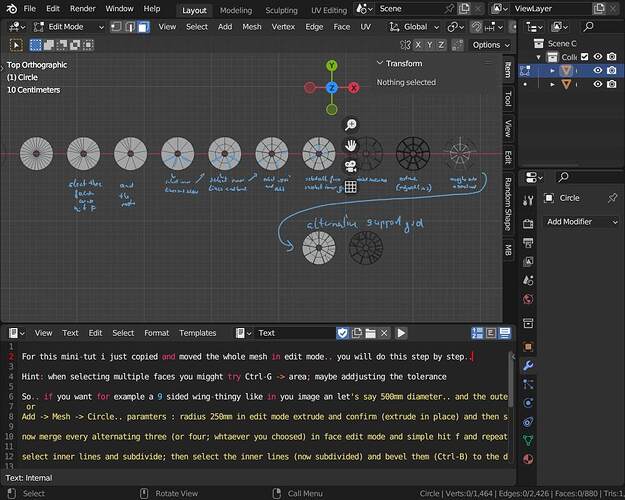Total beginner to design stls for 3d Printer, am a metal detecting enthusiast and wish to build coils of different diameters for such using spider web spiral coil design using lightweight filaments. Perhaps there is a 4M member who has been down this path.
Welcome ![]() …
…
for such a specific / special field you might have to show/ give some reference so that someone might give some modelling tips.
Or… just have alook at any (?) 3D printing platform… for example:
…or because there is some more things involved than "modelling use a metall detection forum ?? :
Many Thanks for reply, I belong to a few detector forums but unfortunately very few are also 3d printer enthusiasts. I have attached a photo that shows my first blender 3d printed model just being a simple 265mmx10mm cylinder, in this photo is a partially completed spider web former that we make out of foam board, that gives you folks an idea of what I
m trying to 3d print, weight has to be kept down si Id print with say 5% infill and use a PLA FW lightweight foaming filament.Add images
Ohh… so you want to know how make something like this very quick (for which i needed five minutes) so you can make this one you own ?? :
…in the long term this indeed might be a case for geometry nodes so someone can give vary paramter like amount of “wings” (odd even), radius for hole, inner, outer “wing-border”, strengte of supply beams and coil beam, special notches for wire to be “exact”…
Maybe a 3D-printer expert can also say how thick some parts must be at least or where you can make things thinner…
Wow, ive spent many hours just to make the cylinder and you have in very little time completed the job. As detector coils vary from 75mm to 600mm in diameter, either round or elliptical, the 3d printers slicer software would be used to scale and finish the coil former to suit those particular dimensions. If you could make that blend file of your work available to me that would be much appreciated.
Well… i didn’t save this… but i’m trying to make a mini-tut to help you to accomplish this by yourself… let me think a little about this… because of the varing diamter i allready do have some ideas… (the support beams would scale too much i think)…
Thank You a mini-tut would be much appreciated, I am a total beginner and am having much trouble getting my mind around this but I`m up for the challenge.
So… after i spend some time elsewhere i indeed spent alsmost an hour with modeling step by step with copying every step… but in fact this was interesting… because i did not made such a “big” one until now.
No text only with some images but also no video… just a file with some steps and hints…
Of course there are mutliple ways to do this but for not beeing too familiar with blender this might help for the first steps…
Attention ![]() : i do not know how “stiff” some things have to be so that a printed piece will not break… of course this also depends on filament etc. pp.
: i do not know how “stiff” some things have to be so that a printed piece will not break… of course this also depends on filament etc. pp.
The image is just to “show” something ![]() … i added also the file…
… i added also the file…
Further smaller support beams/ webs could also be done like so… i thought about the possibility to have gaps to glue some harder material into this because the printed one is to “weak” but this would be too much here (you have to experiment for yourself…)
minitut.blend (234.3 KB)
Thank You for your Tut , I am finally having some success. A note on the coil former, it does not need a lot of strength weight is the enemy ie. the cut out Foam Board former as per photo weighs 40grams and is ample strong. The copper litz wire on that former weighs a little over 500grams nothing can be done about that weight thus the former and the external coil enclosure ( vacumn formed) are where weight savings can be made.


